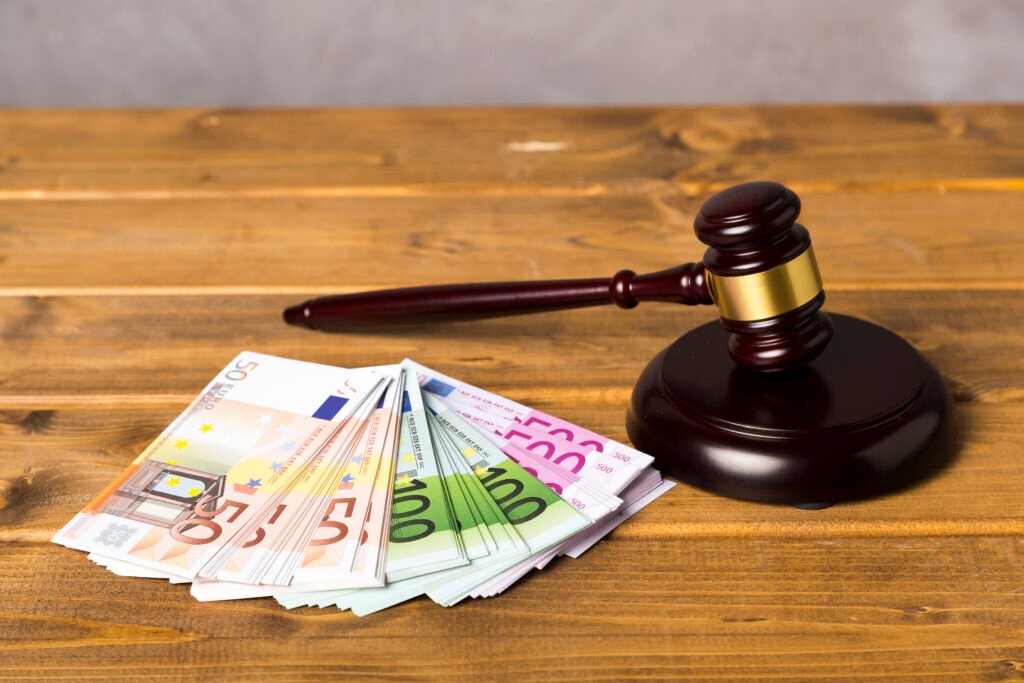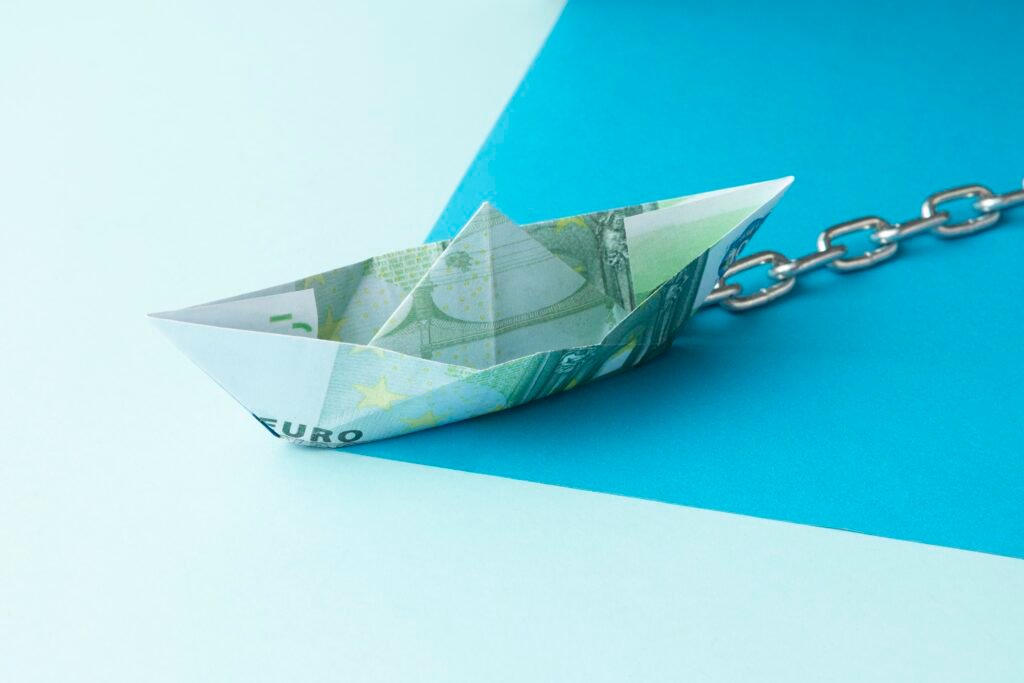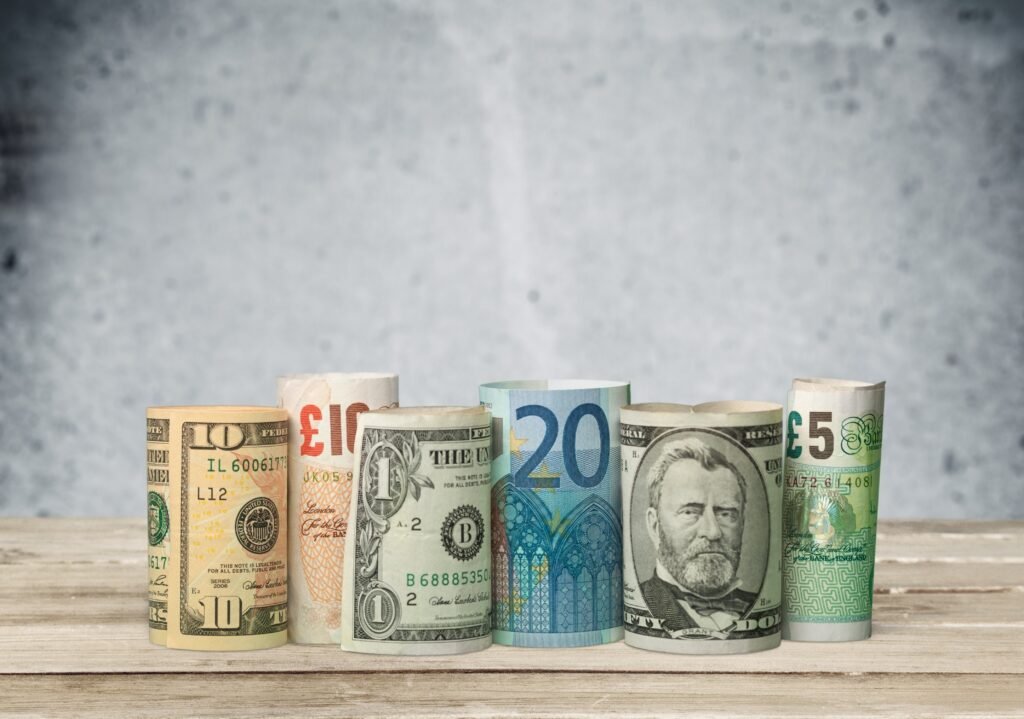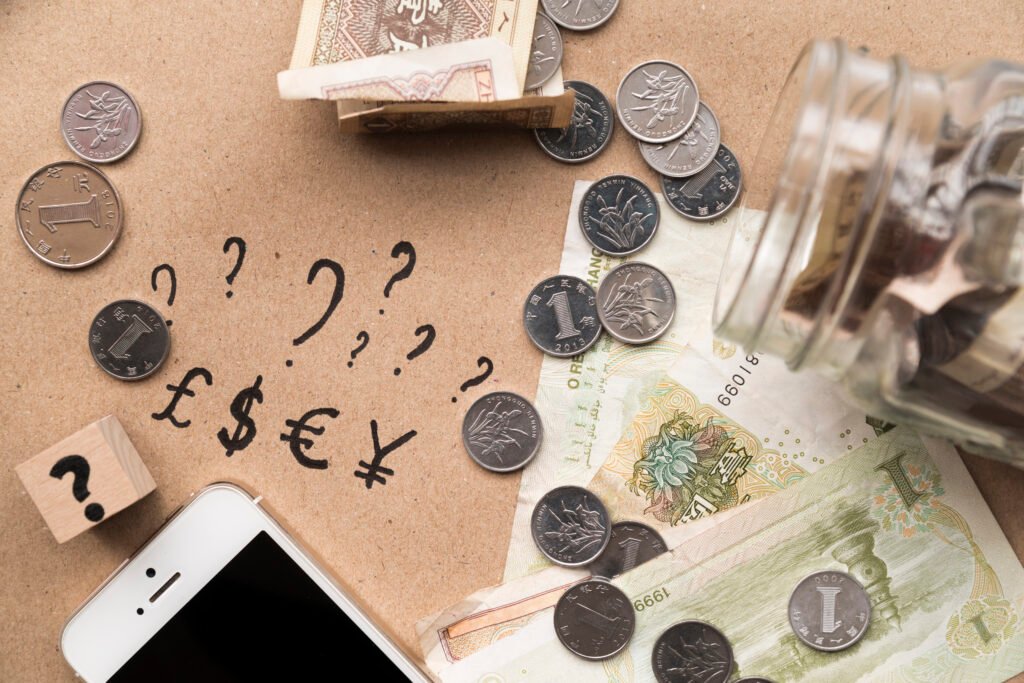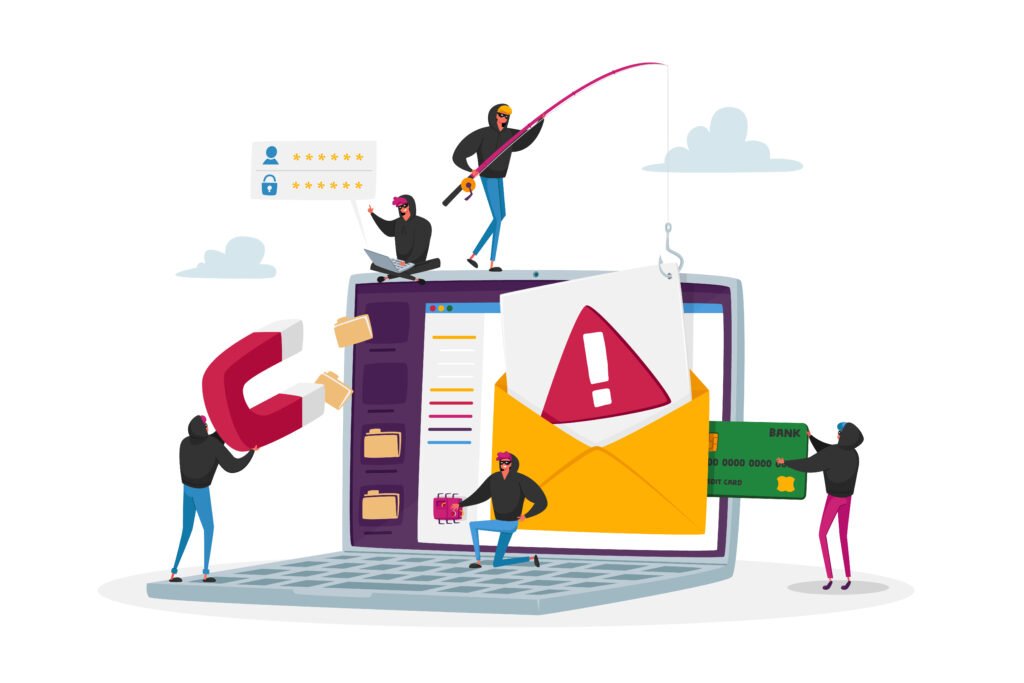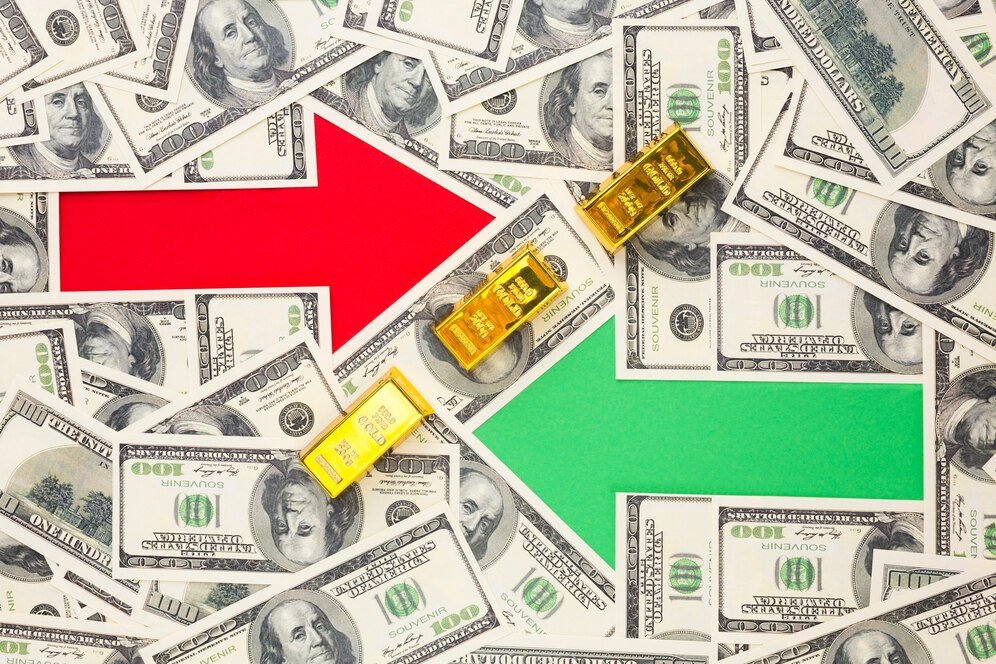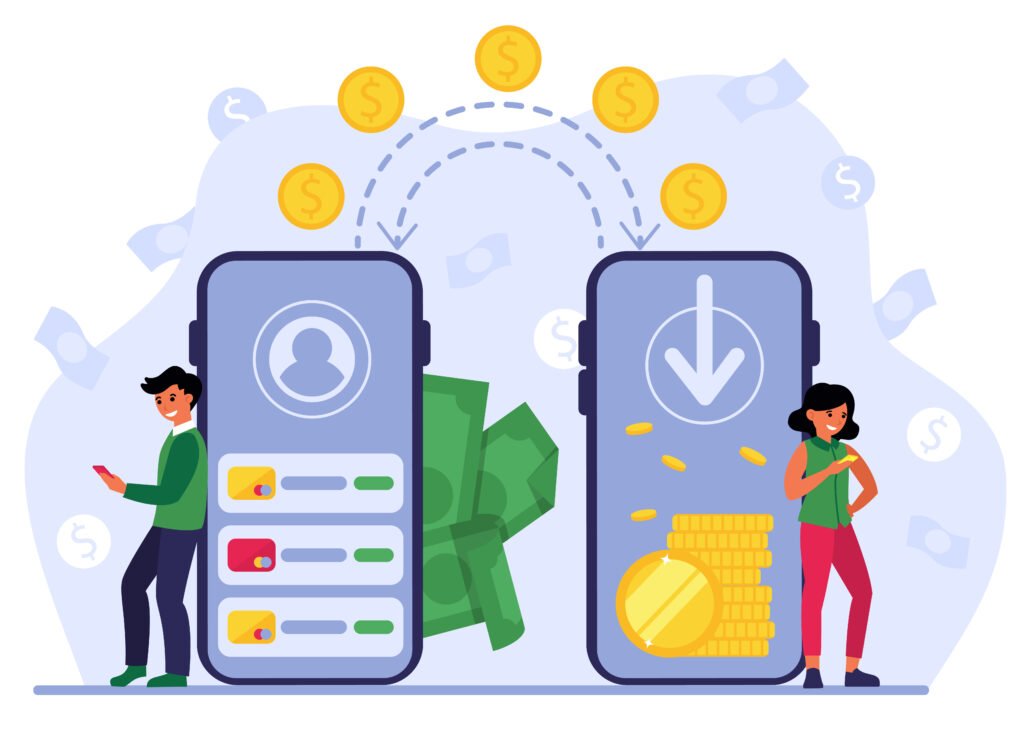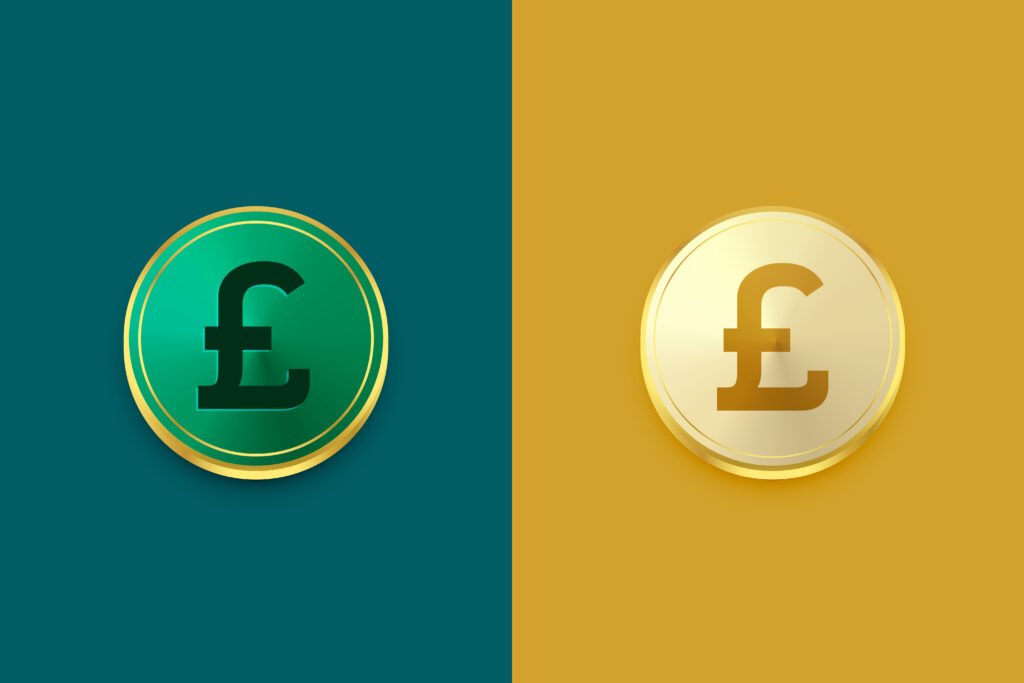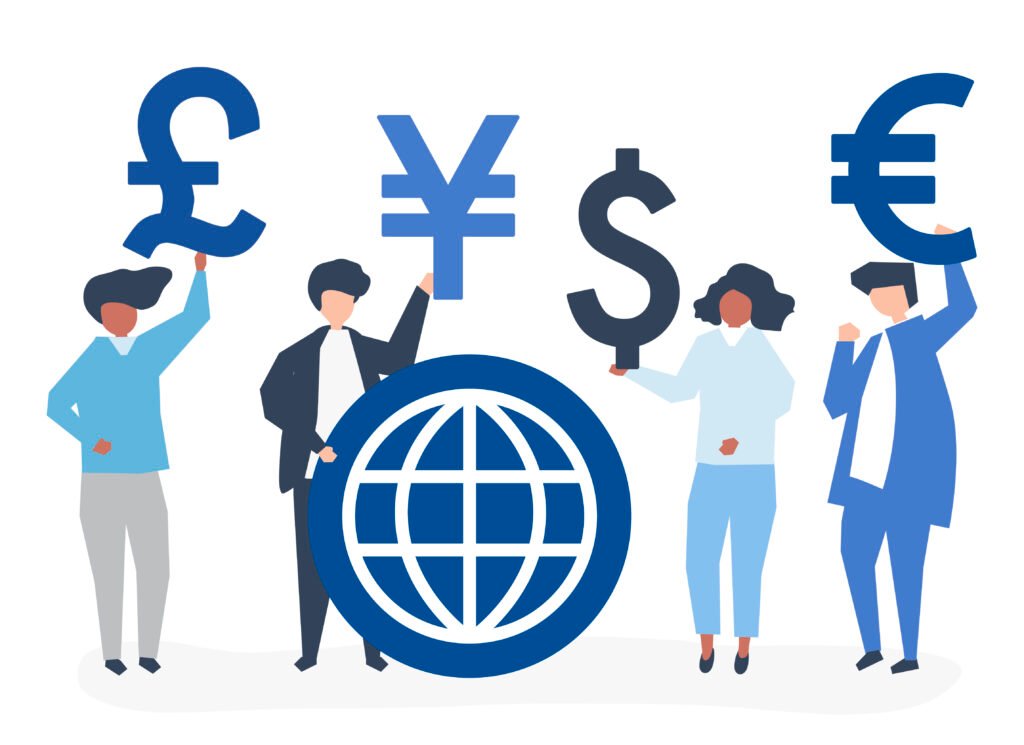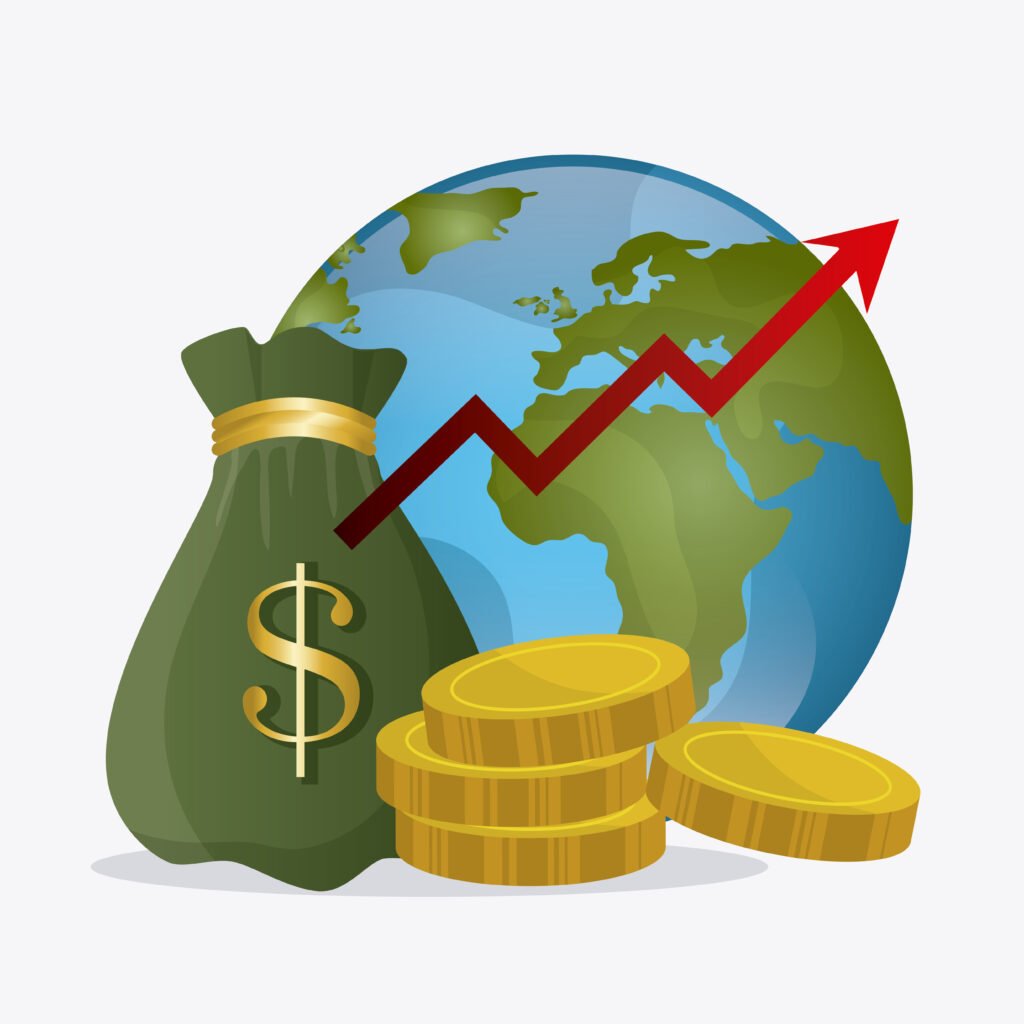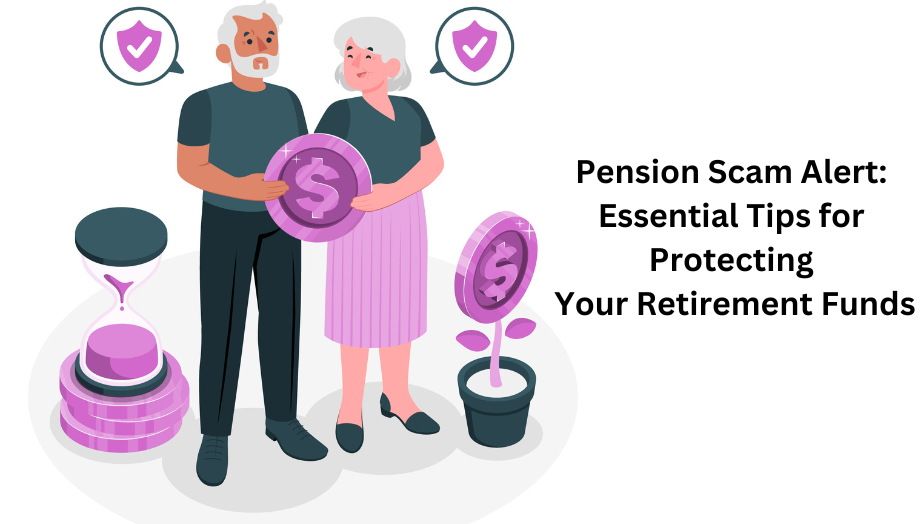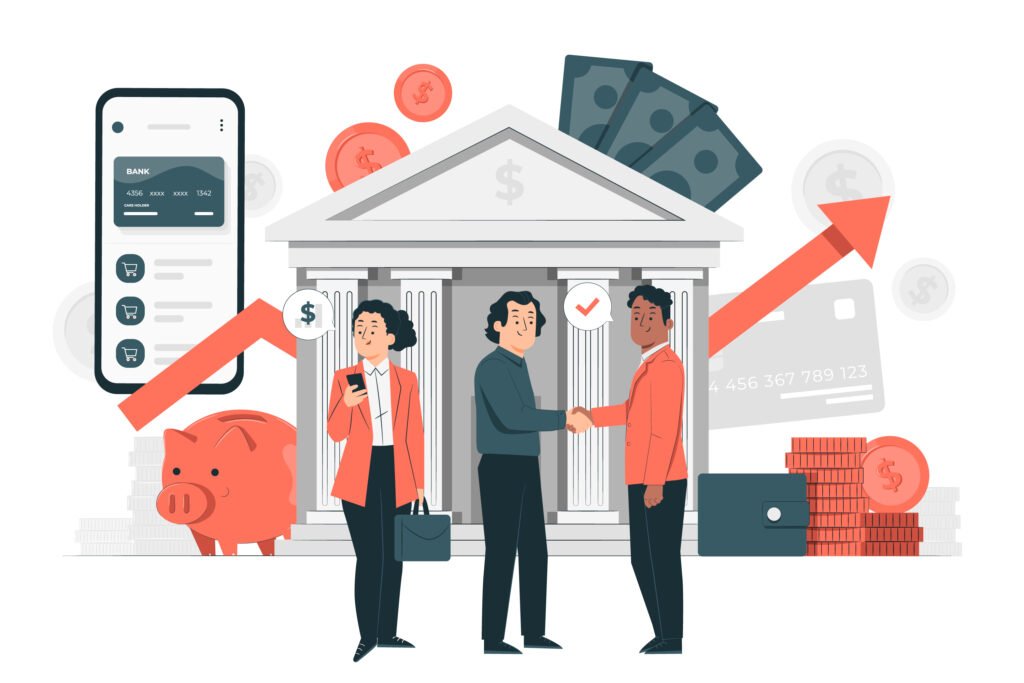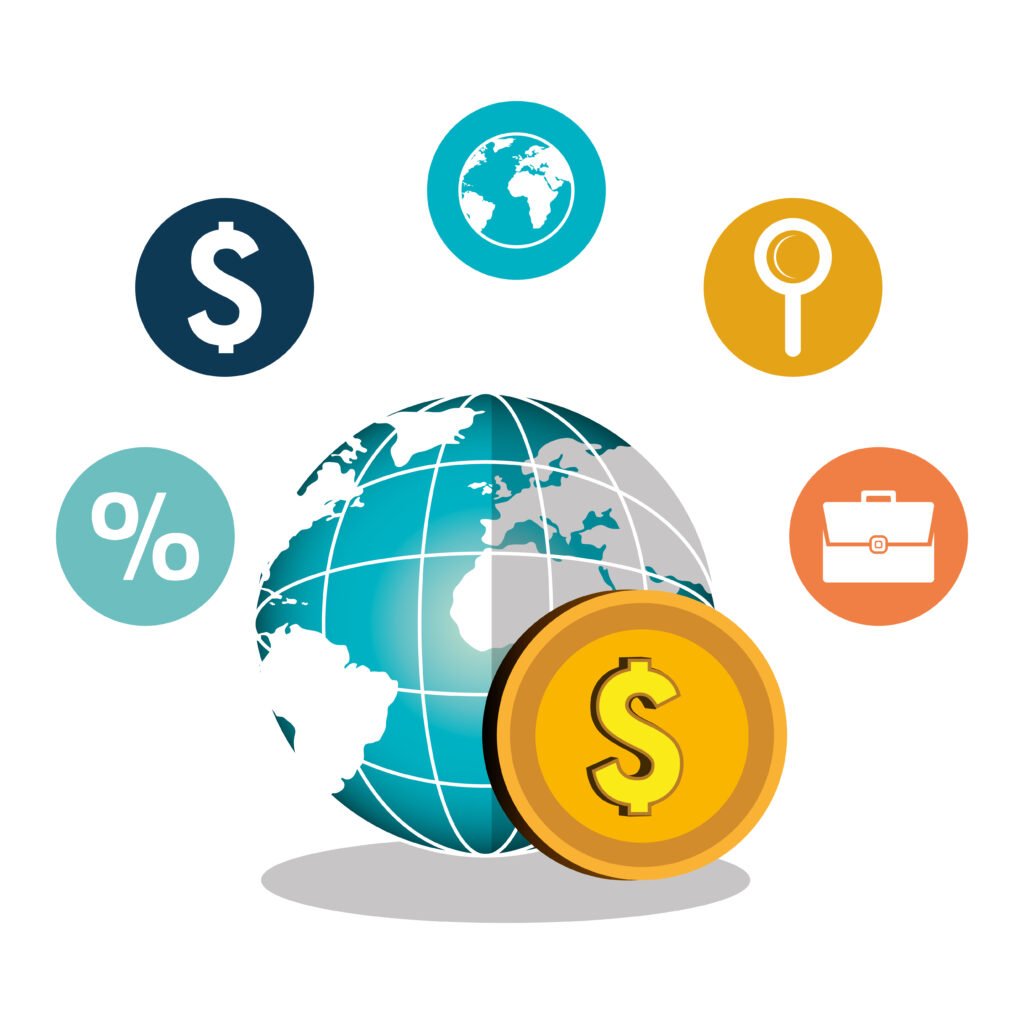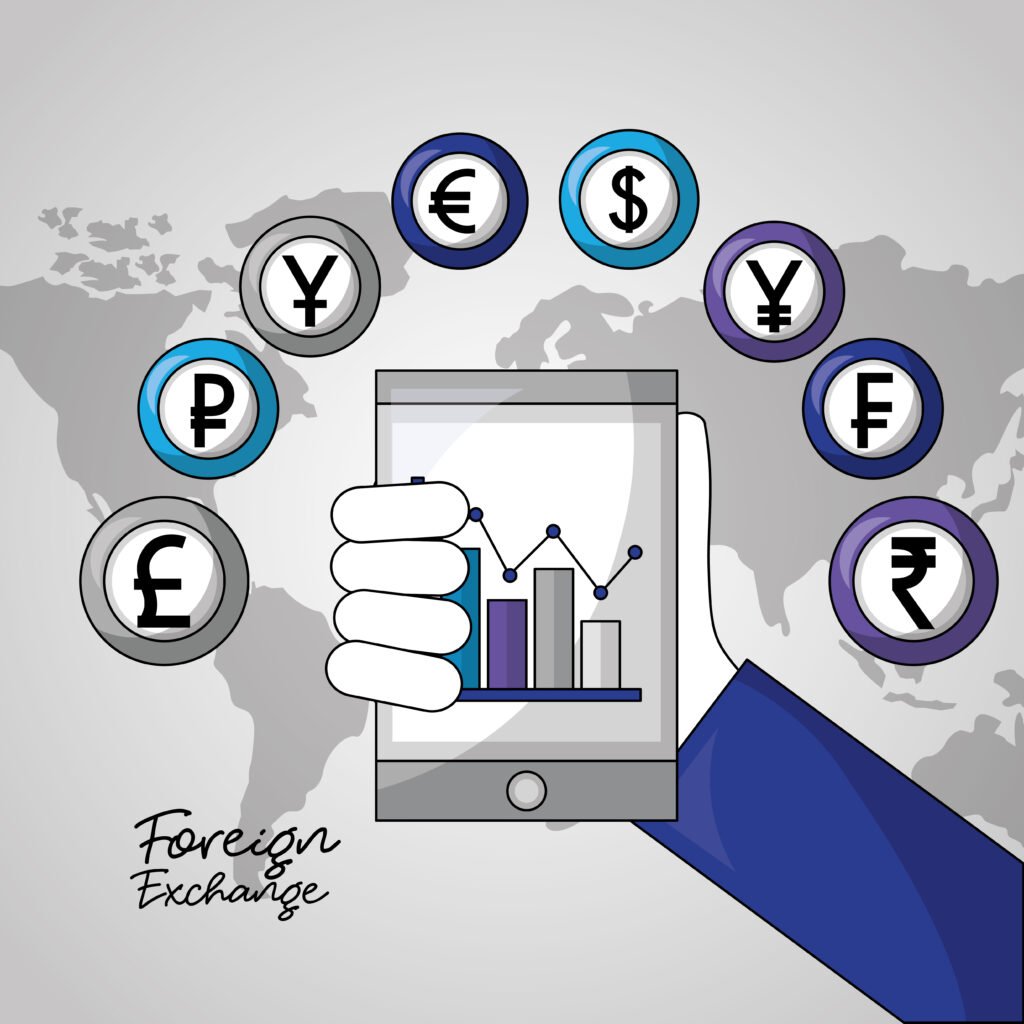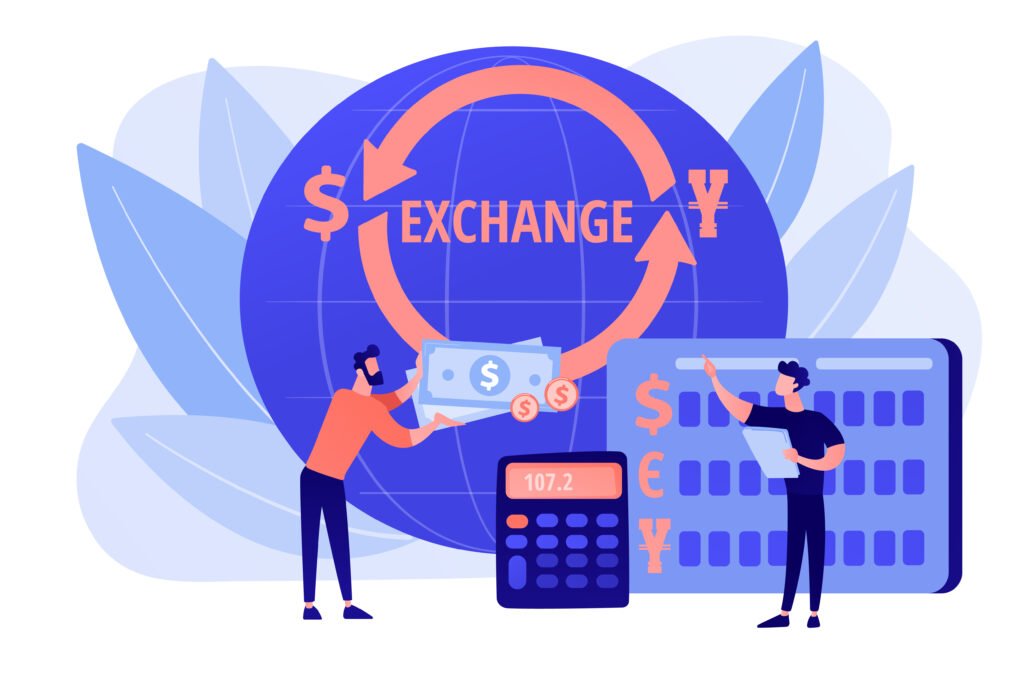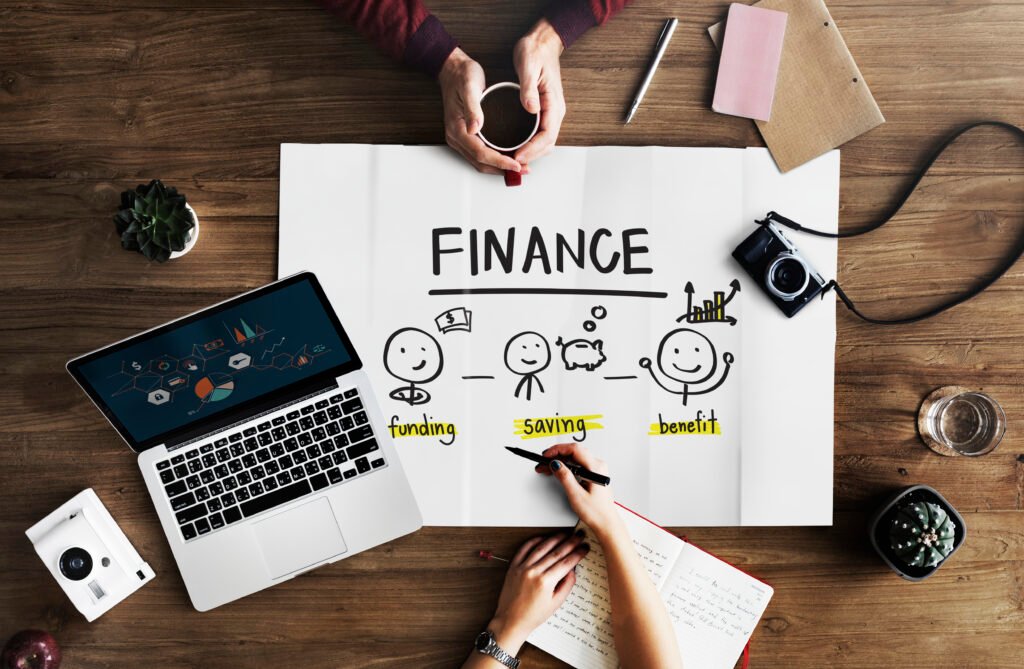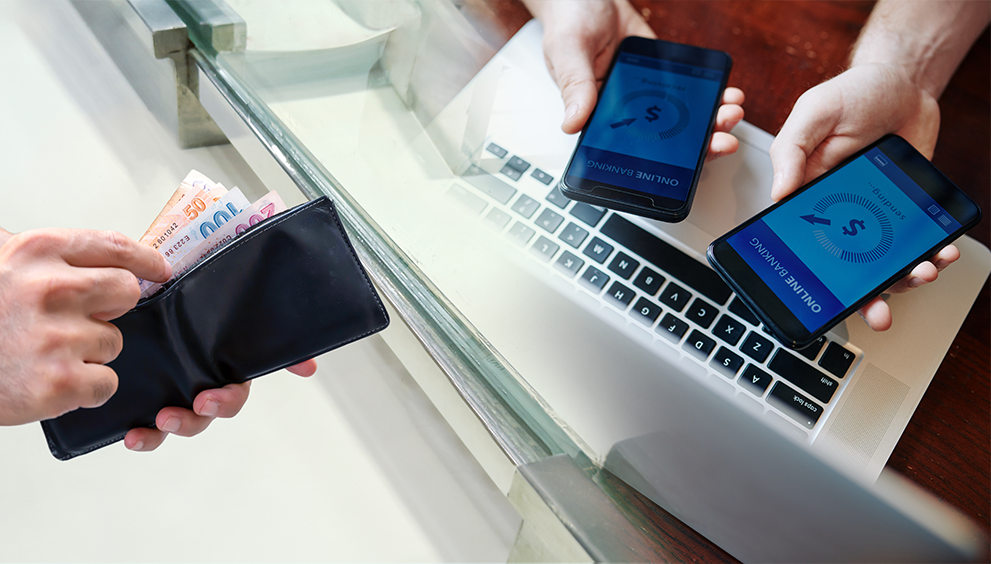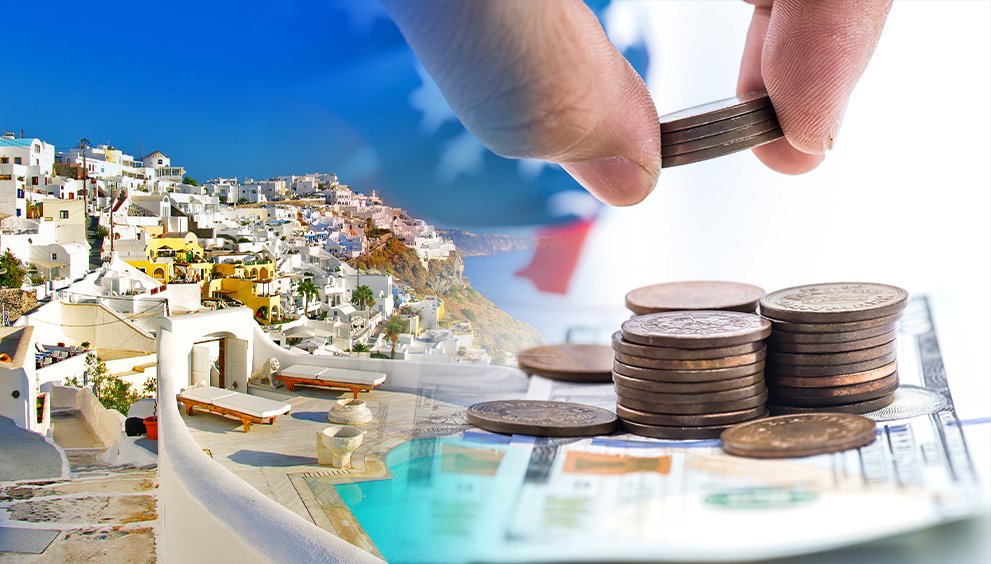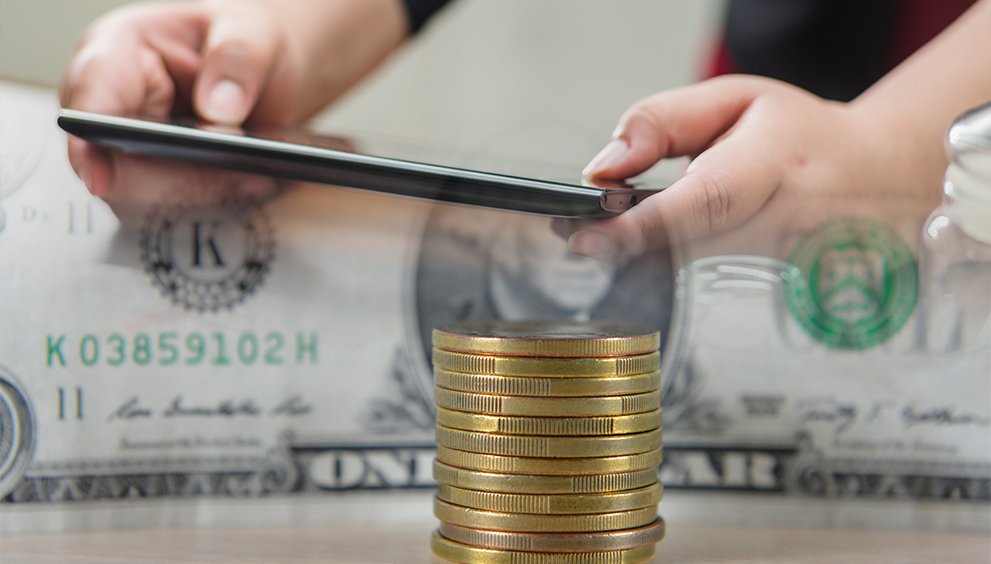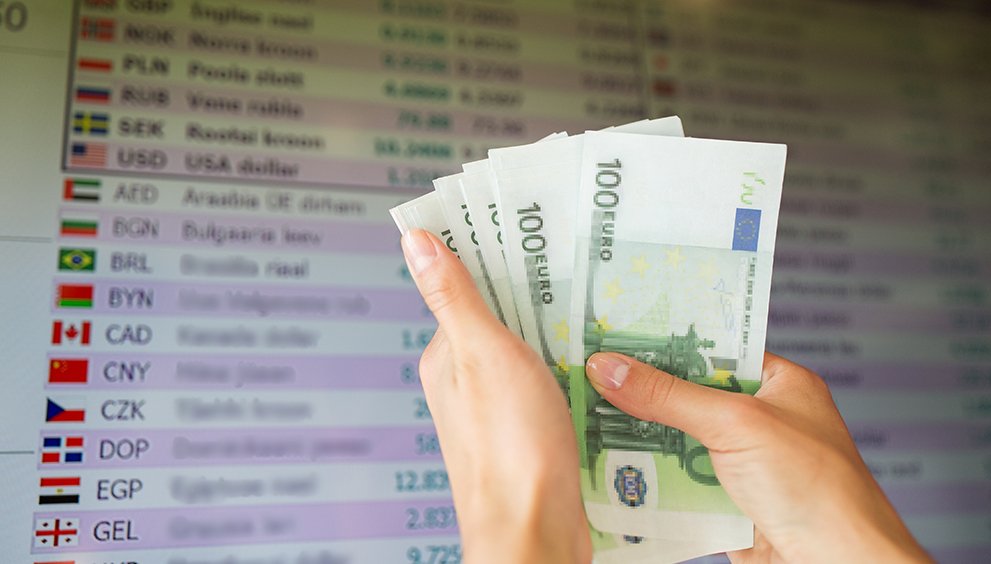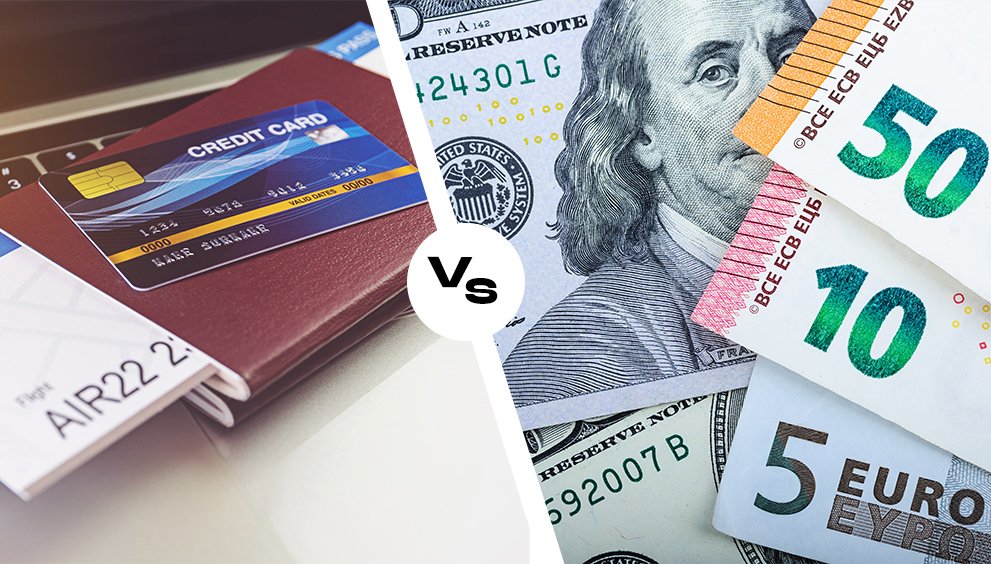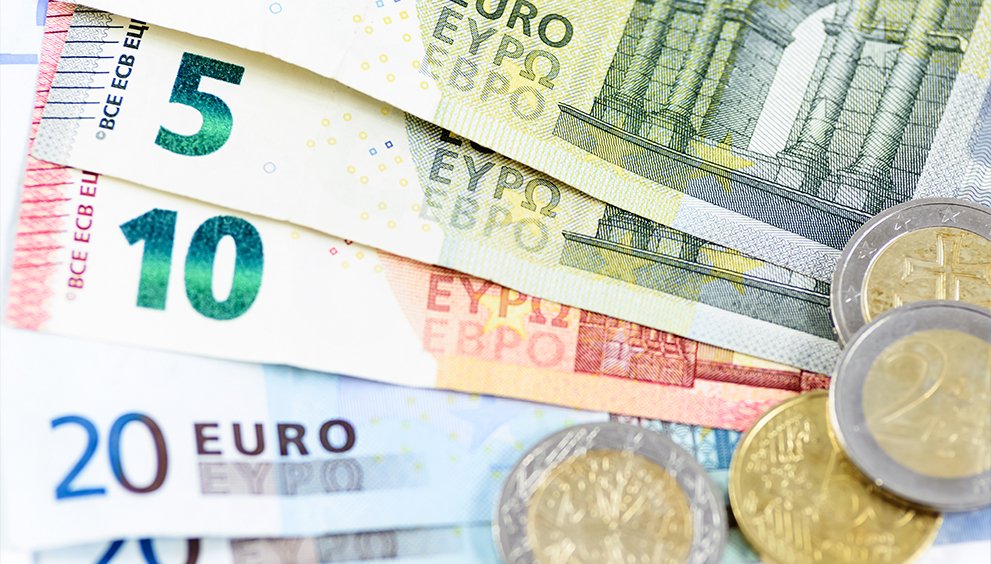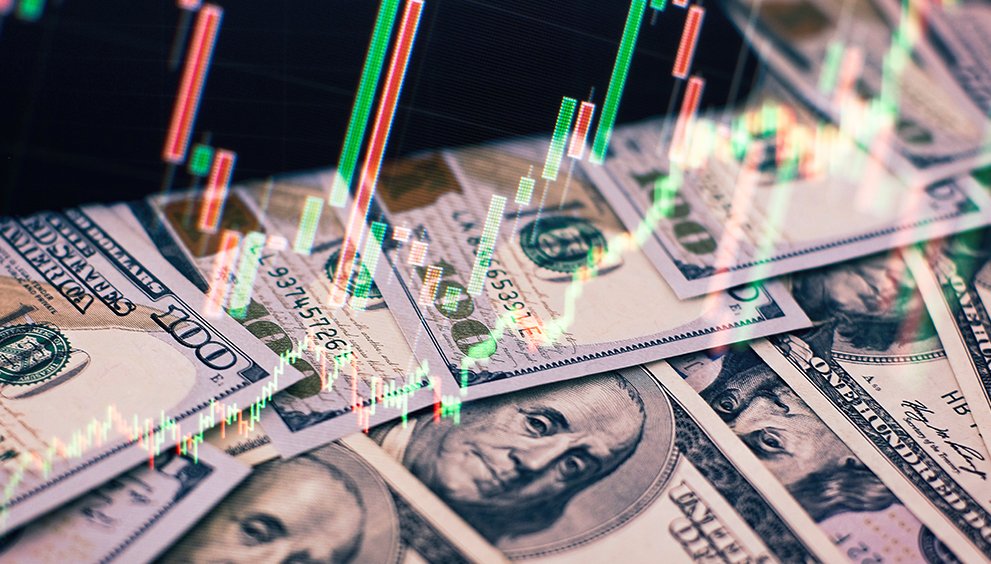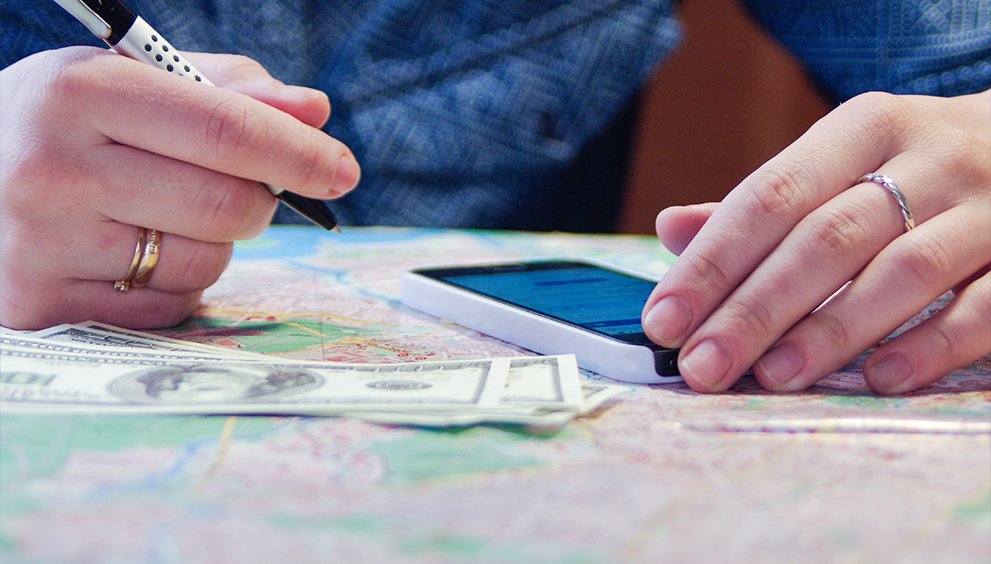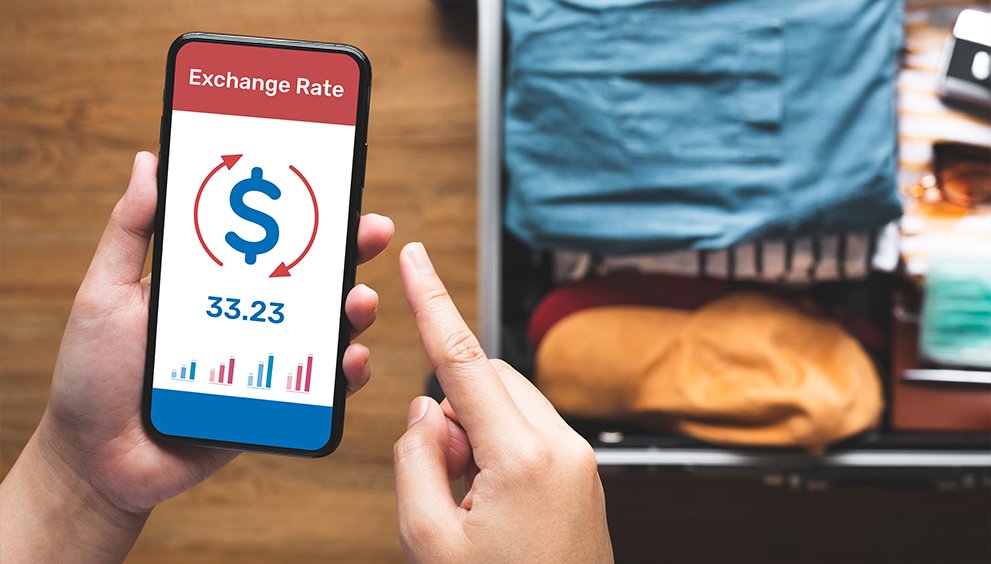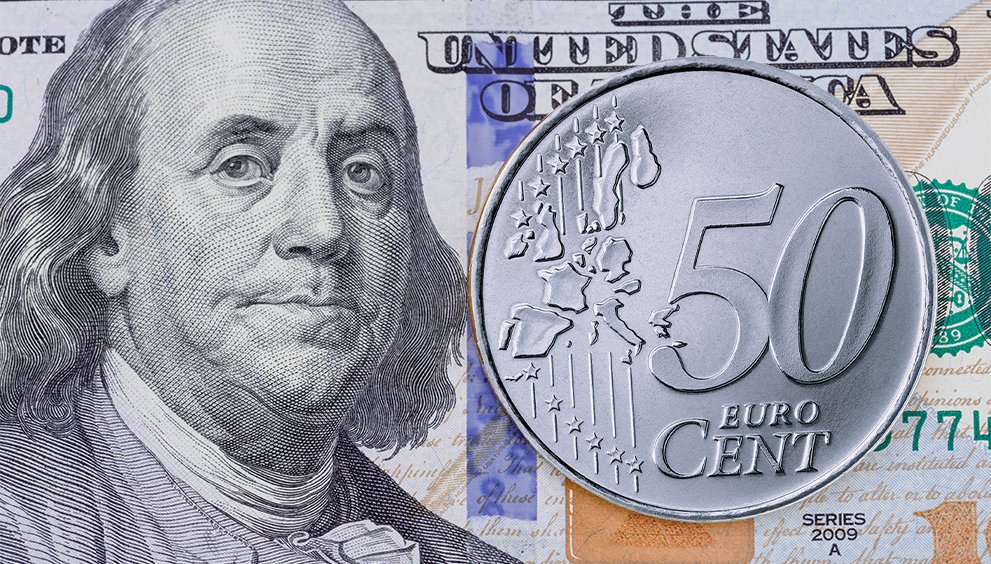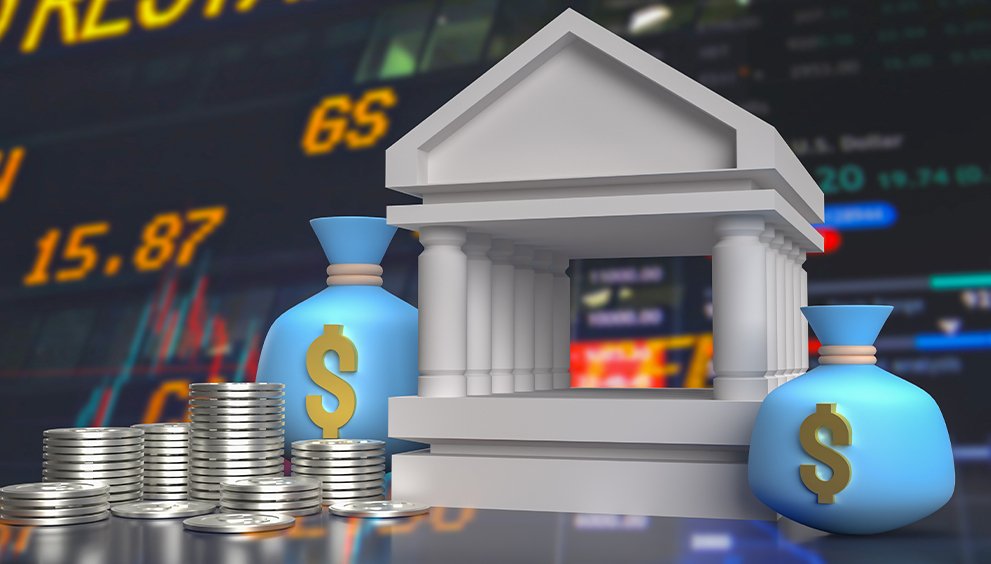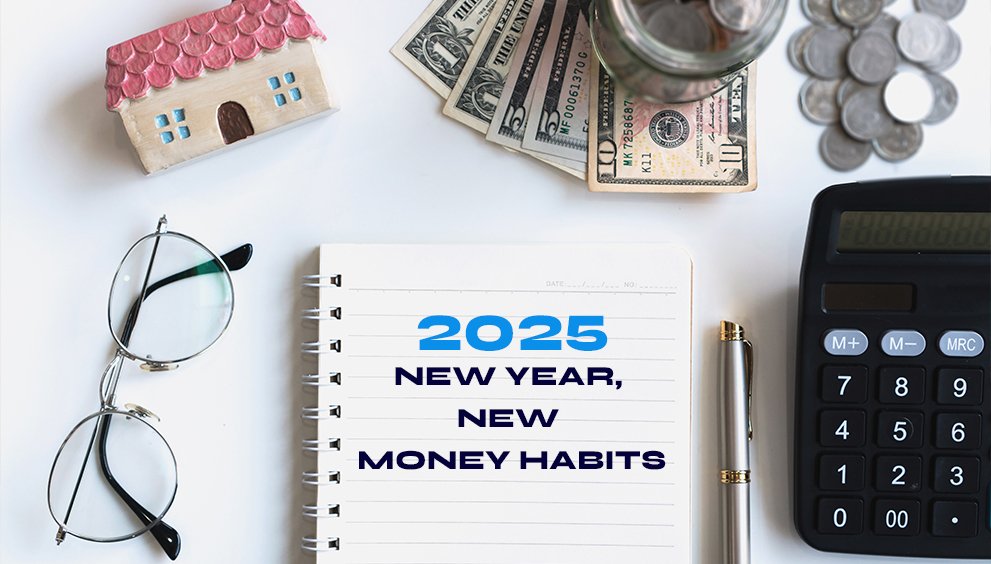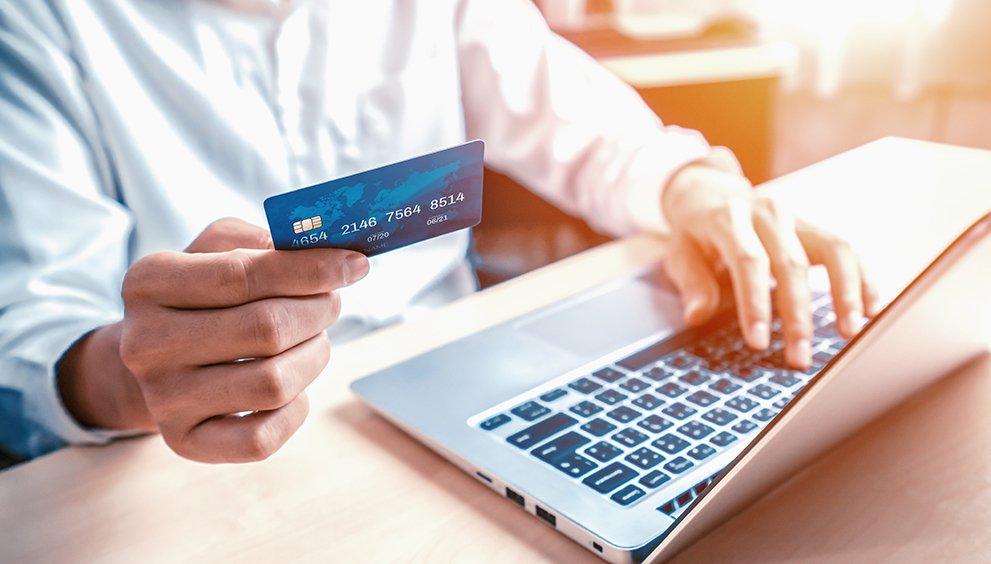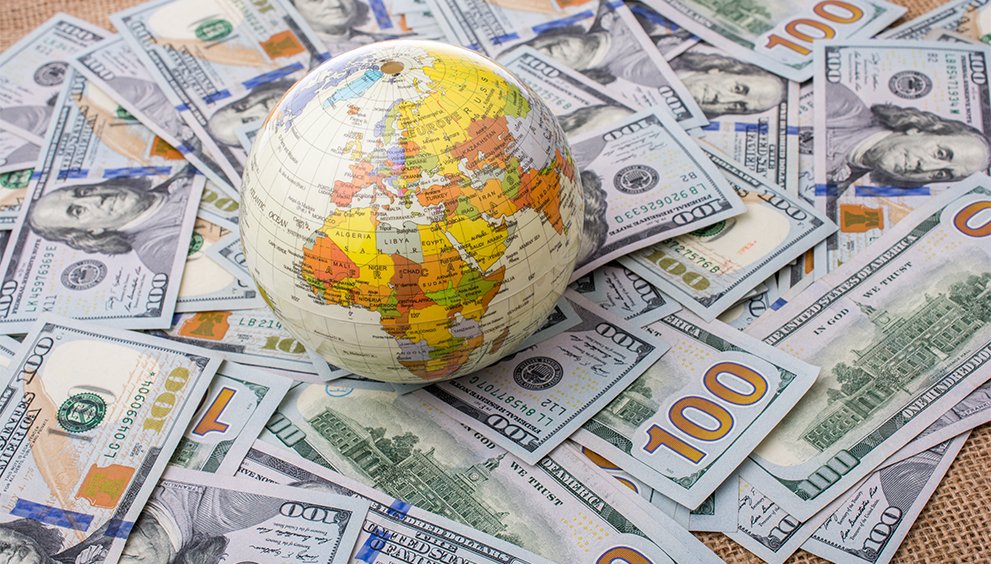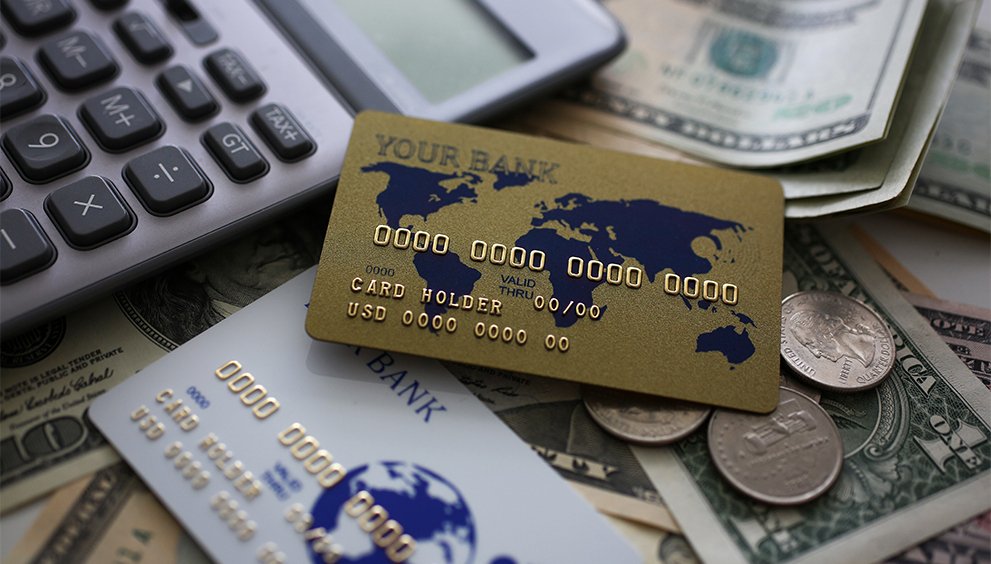Top Currency Exchange Tips for Travelers: Save Money on Your Trip
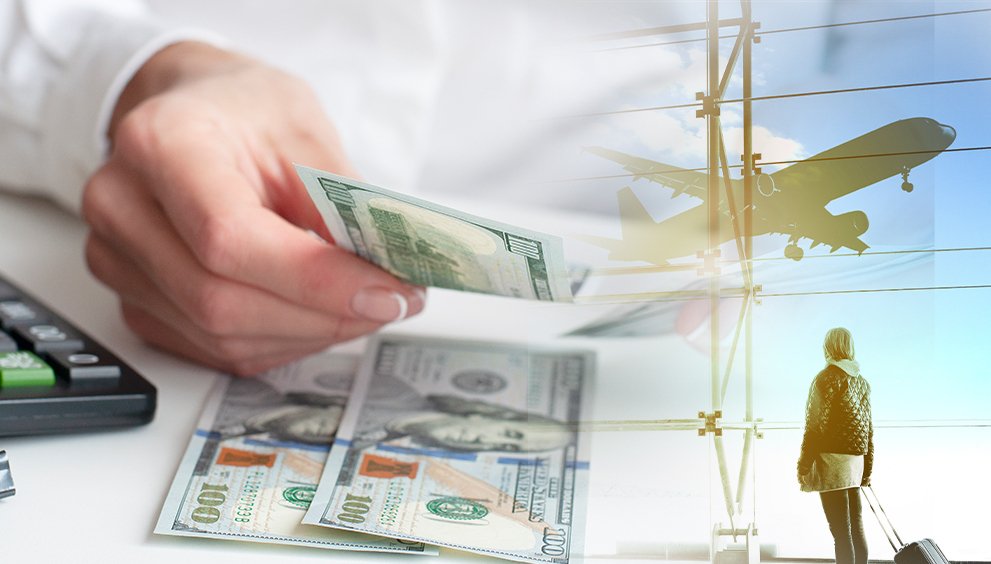
Traveling abroad is exciting—new places to explore, food to try, and cultures to experience. But if you’re not careful, exchanging currency can quickly become a budget-buster. The good news? With some smart planning, you can avoid unnecessary fees and make your money go further. Let’s dive into the top currency exchange tips to save you money on your next adventure.
1. Avoid Airport Currency Exchange Counters
It might seem convenient to exchange your money at the airport right before you take off or after you land, but this convenience comes at a hefty price. Airport exchange counters often have some of the worst exchange rates and high transaction fees.
Instead, try to handle your currency needs before you leave home or at reputable banks or ATMs in your destination. You’ll often get a much better deal. Think of it this way: the $10 or $20 you save by avoiding airport kiosks can cover a nice meal or a fun experience on your trip.
2. Use Your Credit Card Wisely
Credit cards can be your best friend while traveling, but only if you use them right. Many credit cards offer competitive exchange rates, better than what you’d get at most currency exchange providers. But here’s the key: make sure your card doesn’t charge foreign transaction fees. These fees can add up fast—usually 1% to 3% per transaction.
Before your trip, call your credit card company and ask about their foreign transaction policies. If your current card charges fees, consider getting a travel credit card designed for international use. Popular options include Chase Sapphire Preferred, Capital One Venture, or cards from American Express.
Pro tip: When using your credit card abroad, always choose to pay in the local currency. If a merchant offers to convert the price to USD for you, politely decline. This is called dynamic currency conversion, and it usually comes with extra fees.
3. Exchange a Small Amount Before You Go
It’s always a good idea to have a bit of local currency in your wallet when you arrive—just enough for transportation, snacks, or tipping. You don’t want to be stuck at the airport or train station with no way to pay for a taxi or buy a bottle of water.
To get the best rate, visit your local bank before your trip. Many banks offer currency exchange services with minimal fees for their customers. Plan ahead, though—it can take a few days for the bank to process your request if the currency isn’t readily available.
4. Know the Exchange Rate
Knowledge is power, and that’s especially true when it comes to currency exchange. Before you travel, look up the current exchange rate for your destination’s currency. Apps like XE Currency and OANDA are great tools to have on your phone—they’ll give you live exchange rates and help you calculate conversions on the spot.
When you know the exchange rate, you can spot unfair deals and avoid getting ripped off. For instance, if the rate is 1 USD = 20 Mexican Pesos and a vendor offers you 18 Pesos per dollar, you know to walk away.
5. Use ATMs Strategically
ATMs are one of the easiest ways to get local currency while traveling, and they usually offer competitive exchange rates. But be cautious—ATM fees can pile up quickly if you’re not strategic.
To minimize fees:
- Use ATMs affiliated with major banks, as they tend to have lower withdrawal charges.
- Withdraw larger amounts at once rather than making multiple small transactions.
- Look into banks or credit unions that refund foreign ATM fees, like Charles Schwab or Fidelity.
One more thing: steer clear of standalone ATMs in tourist-heavy areas. These machines often charge higher fees and offer poor exchange rates.
6. Skip Traveler’s Checks
Once upon a time, traveler’s checks were a staple of international travel. Today? They’re outdated and often more trouble than they’re worth. Many places no longer accept them, and cashing them can come with hefty fees.
Stick to a mix of cash, credit cards, and ATMs for your currency needs. It’s easier, cheaper, and much more reliable.
7. Avoid Exchange Rate Markups at Hotels and Shops
Some hotels, shops, and restaurants offer currency exchange services or let you pay in USD instead of the local currency. While this might seem convenient, you’re likely paying extra for the privilege.
Businesses that accept foreign currencies often mark up their exchange rates, so you’ll get less value for your money. Stick to paying in the local currency to avoid these hidden costs.
8. Consider a Multi-Currency Account
If you travel frequently or plan to visit multiple countries on one trip, a multi-currency account can be a game-changer. Services like Wise (formerly TransferWise) and Revolut allow you to hold, exchange, and spend money in different currencies with minimal fees.
With a multi-currency account, you can lock in favorable exchange rates ahead of time and avoid the hassle of exchanging money at every destination.
9. Keep an Eye on Fees
When you’re exchanging money, fees can sneak up on you in a variety of ways. Some of the most common include:
- Flat transaction fees: A fixed charge for every exchange or withdrawal.
- Percentage fees: A percentage of the amount you’re exchanging.
- Hidden fees: Poor exchange rates disguised as “no-fee” offers.
Always read the fine print and do the math before making a transaction. A seemingly small difference in exchange rates or fees can add up over the course of your trip.
10. Stay Safe with Your Money
Lastly, keep your money and financial information safe while traveling. Use RFID-blocking wallets to protect your credit cards from electronic theft. Don’t carry all your cash in one place—split it between your wallet, a secure pocket, and a backup stash in your luggage.
If you lose your wallet or card, having a backup plan can save the day. Keep a photocopy or digital record of your important documents, including your passport, credit cards, and emergency contact numbers.
Final Thoughts
Saving money on currency exchange doesn’t have to be complicated. By planning ahead, using the right tools, and staying informed, you can avoid unnecessary fees and make your travel budget stretch further.
Whether you’re lounging on a beach in Thailand, exploring historic cities in Europe, or trekking through the Andes, every dollar counts. Use these tips to keep more of your money where it belongs: in your pocket, ready to fuel your next adventure.
Now, all that’s left to do is pack your bags, book your flight, and enjoy the journey!


 English
English 

